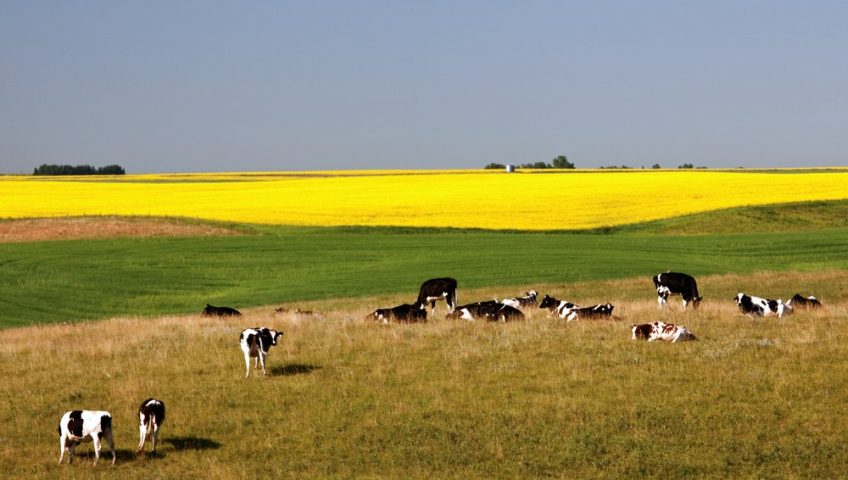
CENSUS OF AGRICULTURE DRILLDOWN: CONSERVATION AND ENERGY
Earlier this spring, the United States Department of Agriculture (USDA) released the long-awaited 2017 Census of Agriculture – a once every five years report that has been in publication since 1840. The Census of Agriculture is a critical tool for farmers, researchers, and food/farm activists because of the wealth of data it contains about everything from farmer demographics to cover crop acreage.
Because farmers and ranchers work so intimately with the land and our shared natural resources, understanding the prevalence and impact of conservation activities is a critical part of understanding agriculture and strengthening our food and farm economy. In this post, the first in a series of Census deep dives, the National Sustainable Agriculture Coalition (NSAC) examines what the Census has to say about conservation and energy and highlights themes and key takeaways for sustainable agriculture advocates.
- Grass vs. Cropland
- Easements
- Rotational Grazing
- Cover Crops
- Tillage
- Fertilizers and Chemicals
- Renewable Energy
The Census reports on the extent of pasture and grazing land through two categories:
- Pasture and grazing land that could have been used for crops without additional improvement.
- Permanent pasture and range land, other than cropland and woodland pastured.
Category one is for cropland used for pasture. It includes high quality land that could easily be used for crop production, but is instead used as pasture. This category also includes crops grazed by livestock, but not harvested prior to grazing. It does not include crop residue left in the field after the 2017 harvest and later grazed by livestock. Category two is for pastureland unfit (without additional improvements) for crop production, and includes both high and low quality pasture.
 As illustrated in the chart below, the 2017 Census reports 13.8 million acres devoted to pasture and grazing land that could have been used for crop production. This is an eight percent increase from the 2012 Census, which reported 12.8 million acres.
As illustrated in the chart below, the 2017 Census reports 13.8 million acres devoted to pasture and grazing land that could have been used for crop production. This is an eight percent increase from the 2012 Census, which reported 12.8 million acres.
Despite this increase, the first time in 20 years that the number has increased, it is still well below historic levels. Since the 1997 high of 66.4 million acres, the amount of cropland used for pasture has steadily declined. In contrast, “permanent” grassland decreased between from 2012 and 2017 by 3.5 percent, from 415.3 million to 400.7 million acres. For the past 20 years this number has hovered at around 400 million.
Conservation easements are critical for the preservation of ecologically sensitive lands. The Agricultural Conservation Easement Program (ACEP) is the primary federal program through which easement are voluntarily entered by a property owner and a qualified conservation entity, such as a governmental agency or land trust. Established by the 2014 Farm Bill, ACEP includes both wetland and agriculture land easement components. The 2018 Farm Bill increased annual funding available through ACEP, which we expect will increase the availability of conservation easements moving forward.
At the recording of the Census, 53,920 farms were operating under a conservation easement; including federal and non-federal easements. This was a 29 percent decrease from 2012 Census levels, which recorded 76,441 farms under conservation easements.
 Between the 2012 and 2017 censuses, the number of farm operations practicing rotational or management-intensive grazing decreased by 8 percent; from nearly 289,000 to about 265,000. As shown in the chart below, only three states saw an increase over this period: Arizona, Hawaii, and Maryland.
Between the 2012 and 2017 censuses, the number of farm operations practicing rotational or management-intensive grazing decreased by 8 percent; from nearly 289,000 to about 265,000. As shown in the chart below, only three states saw an increase over this period: Arizona, Hawaii, and Maryland.

